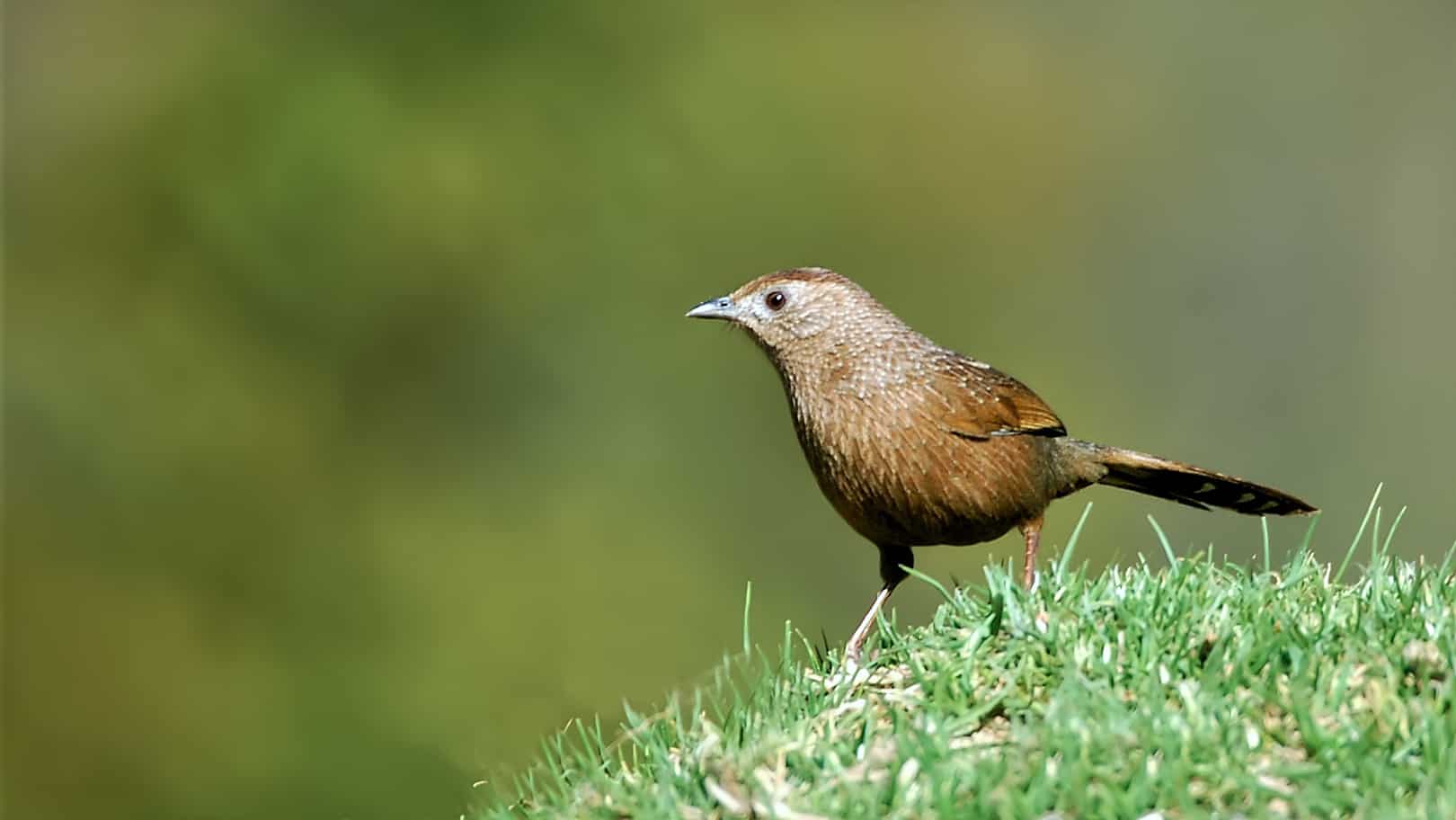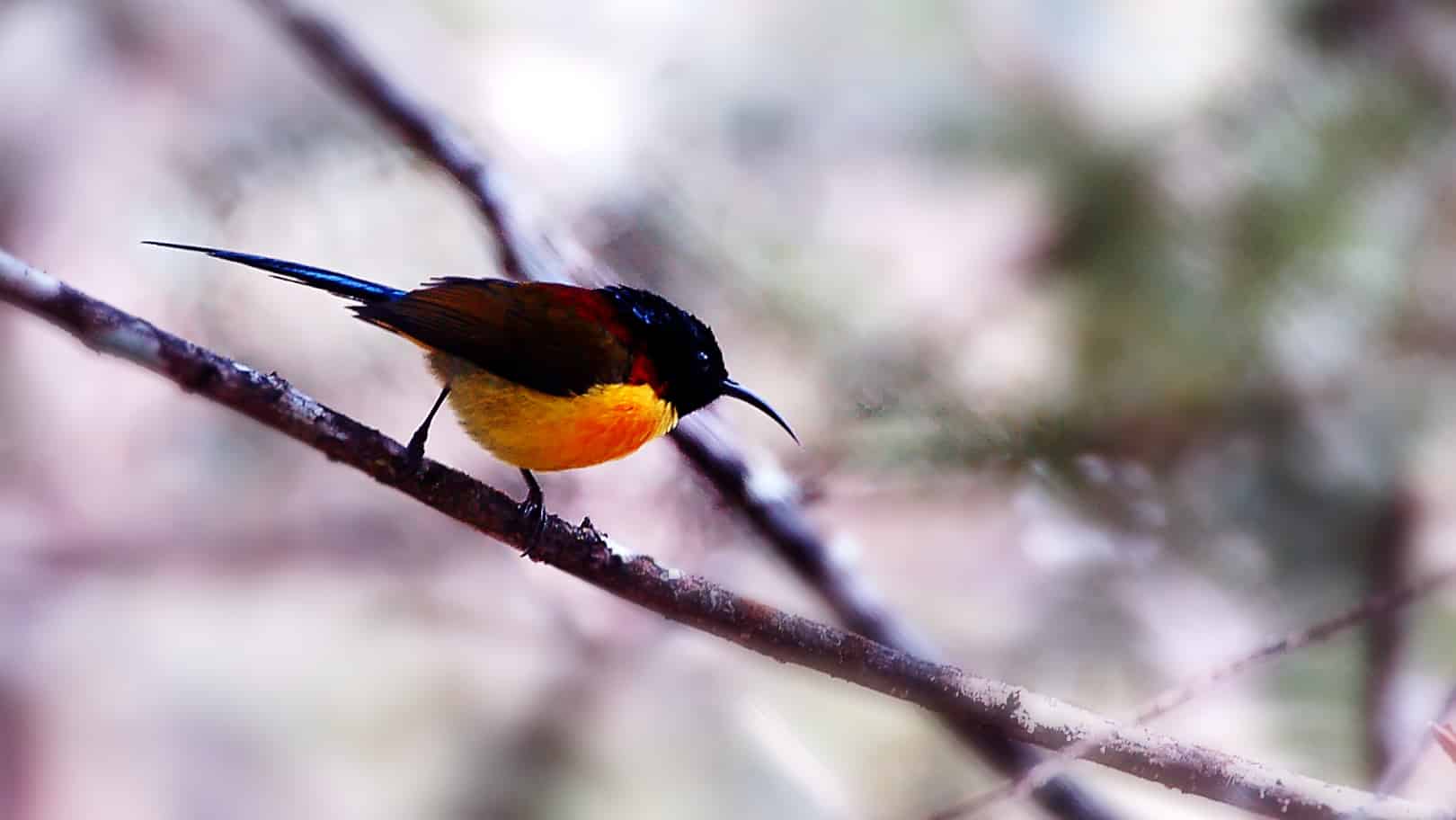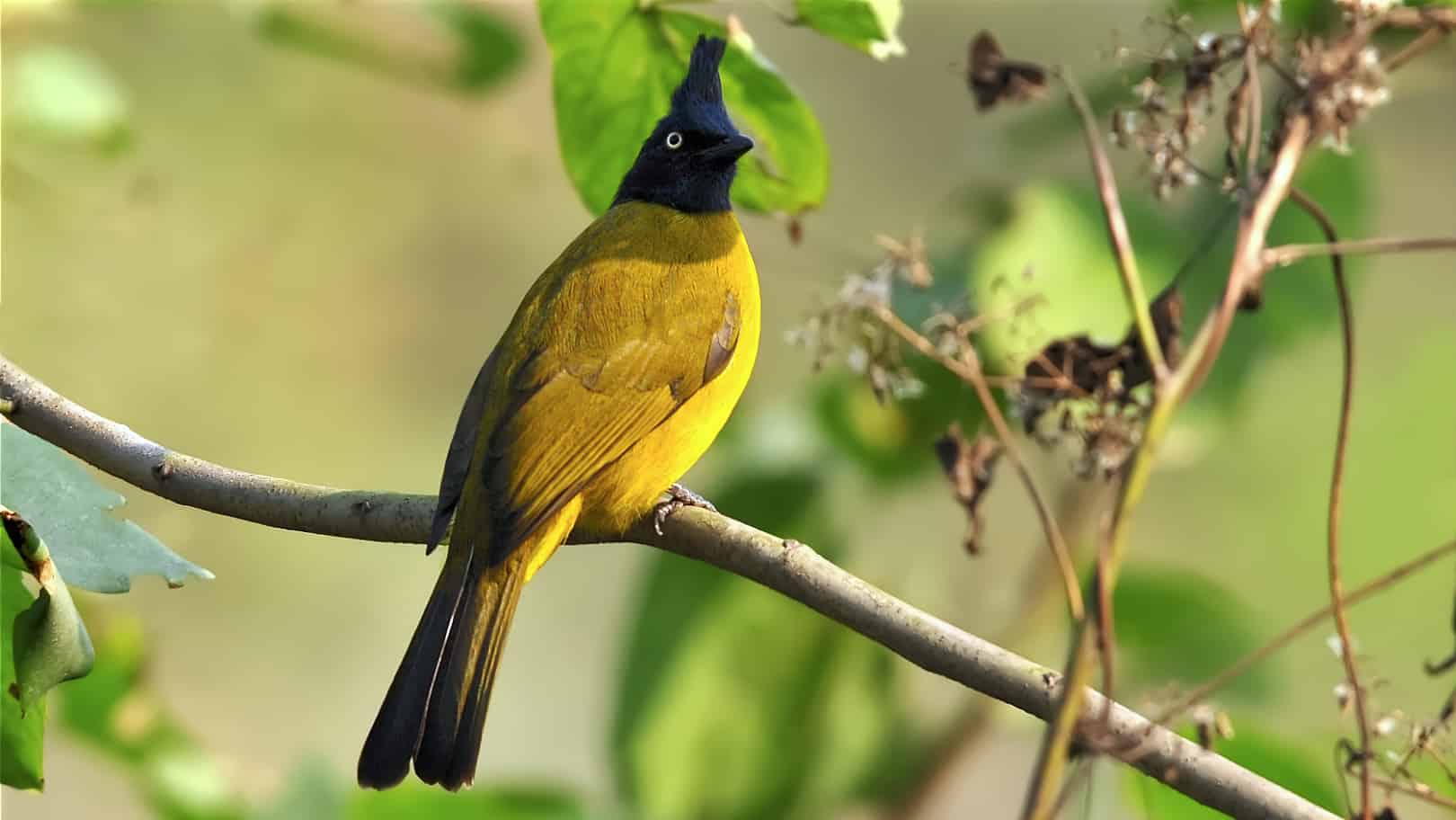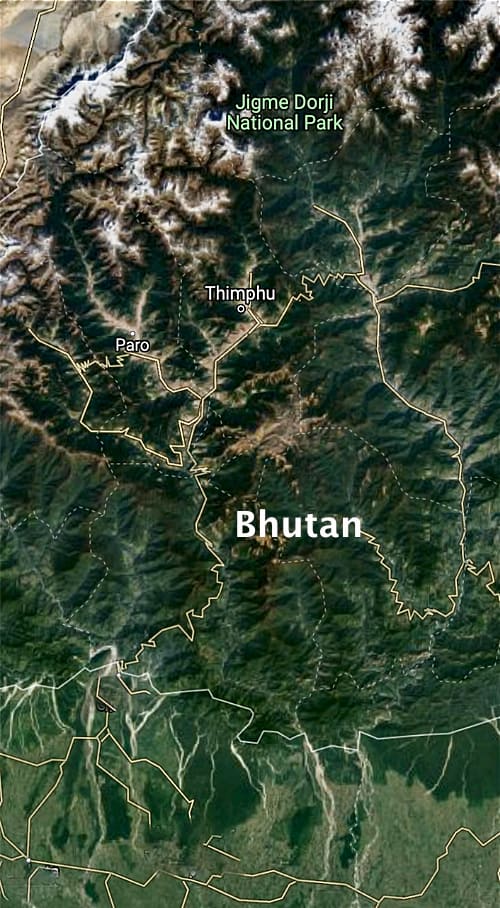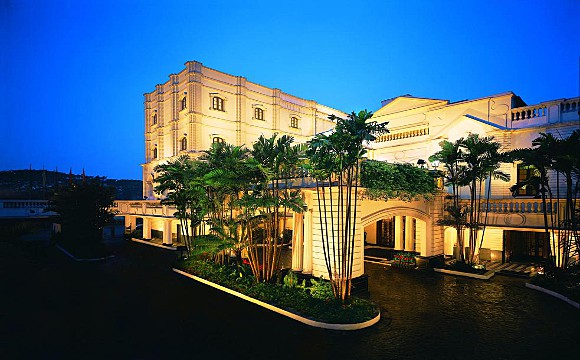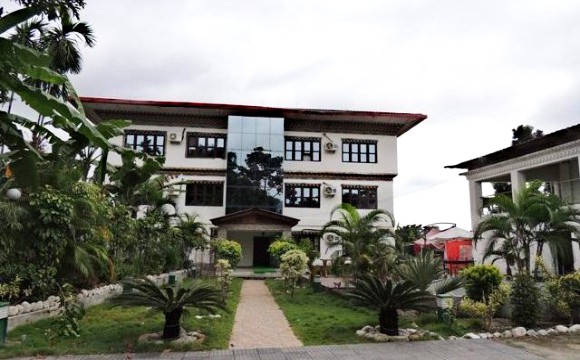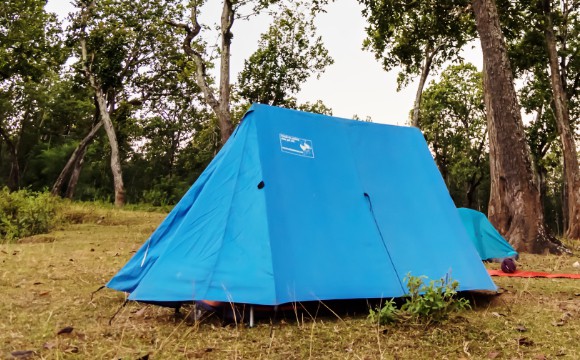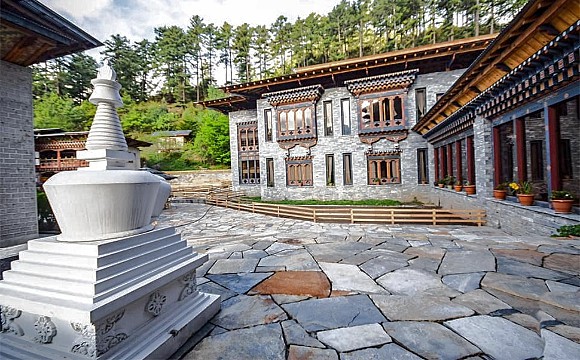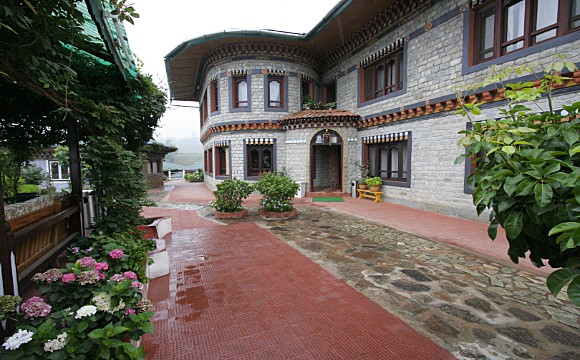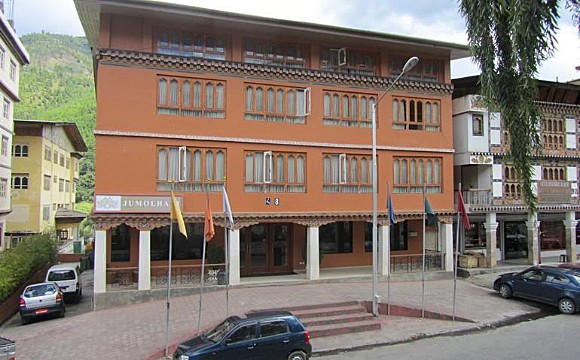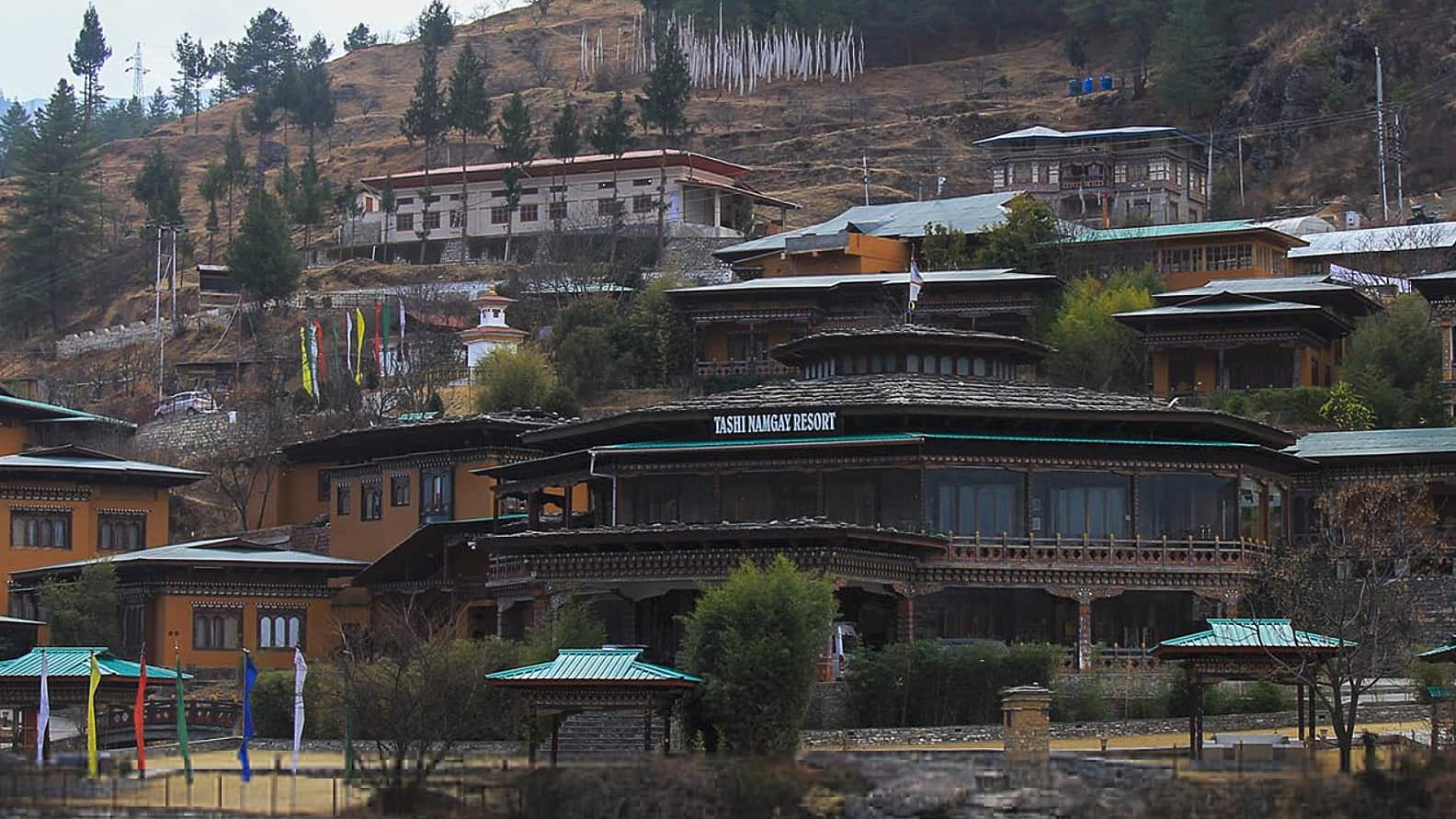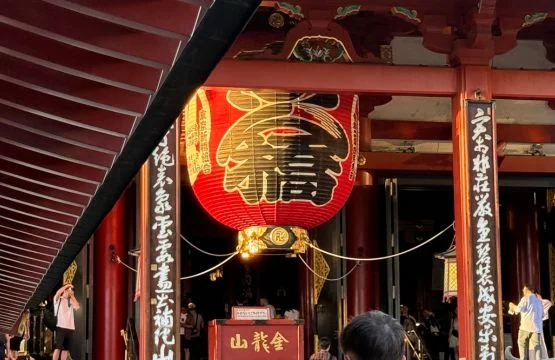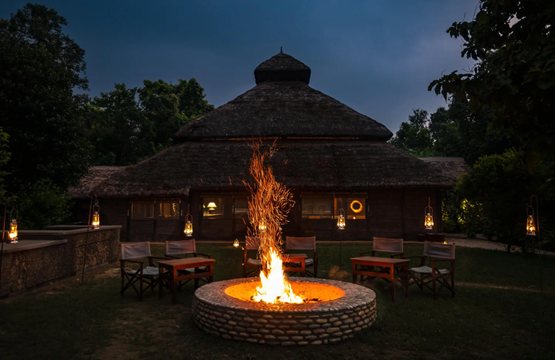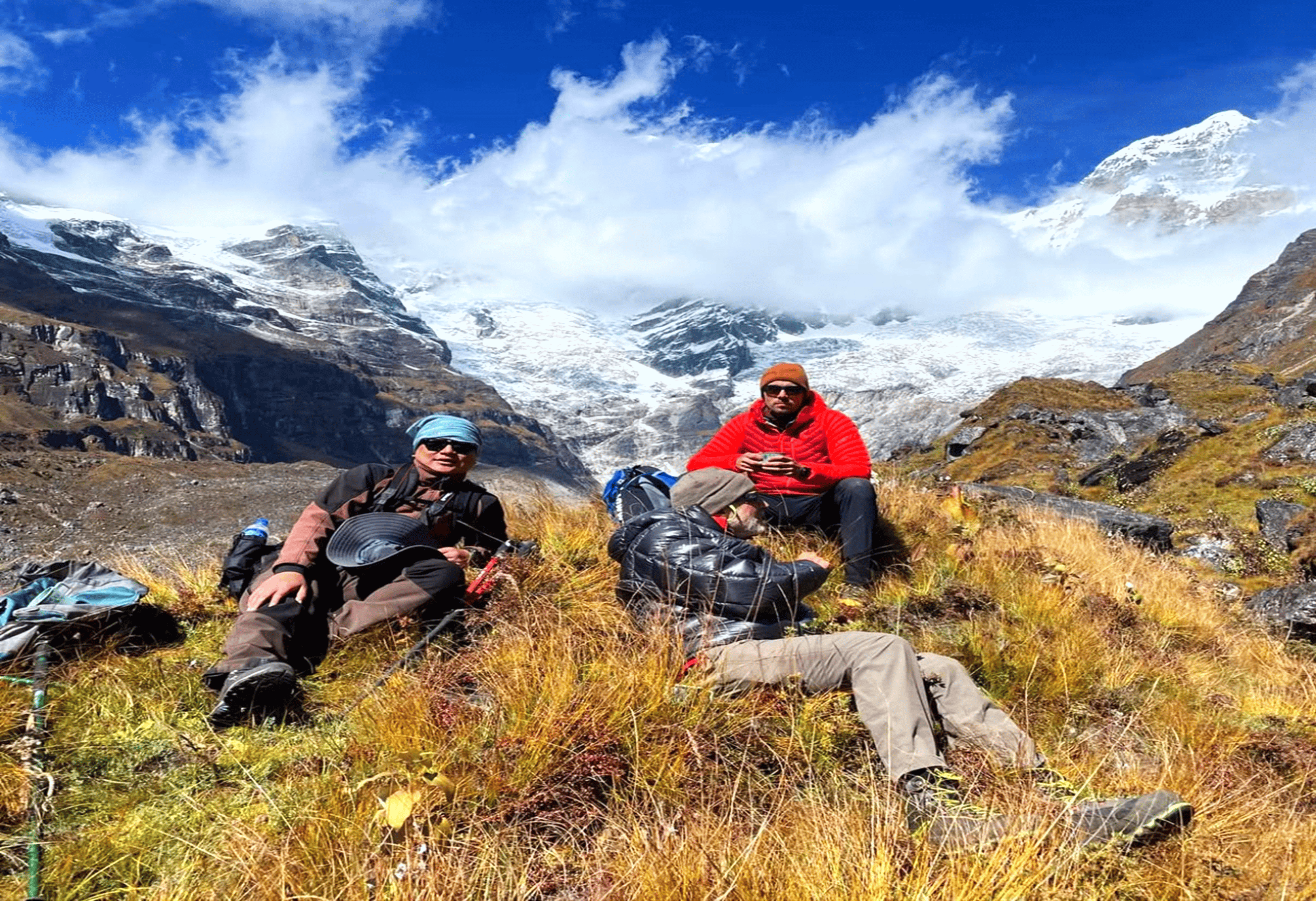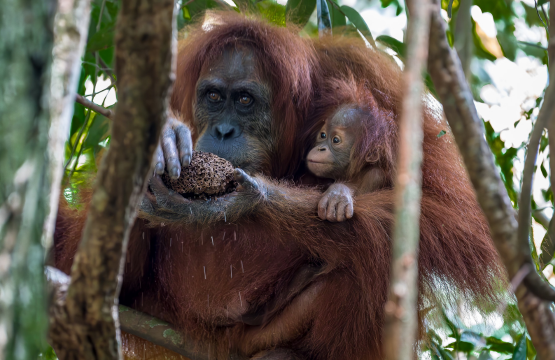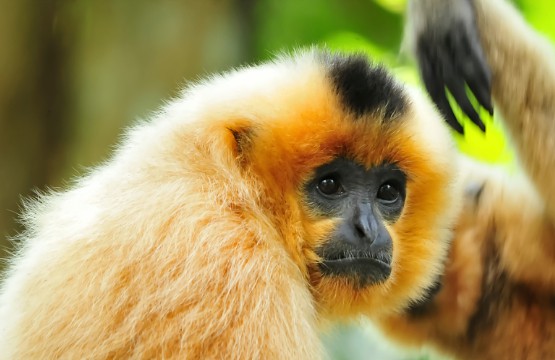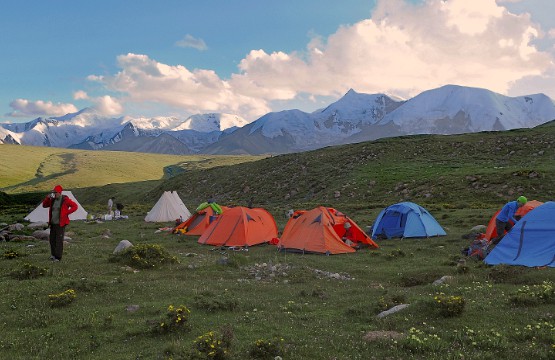Bhutan’s Exotic & Endemic Wildlife in Royal Manas National Park
Bhutan Wildlife in Royal Manas National Park takes you deep into one of Asia’s most pristine and biologically rich regions. Located in the southern lowlands of Bhutan, Royal Manas National Park is the country’s oldest protected area and forms part of the greater Eastern Himalayan Biodiversity Hotspot. This special journey... More
Bhutan Wildlife in Royal Manas National Park takes you deep into one of Asia’s most pristine and biologically rich regions. Located in the southern lowlands of Bhutan, Royal Manas National Park is the country’s oldest protected area and forms part of the greater Eastern Himalayan Biodiversity Hotspot. This special journey offers an exceptional opportunity to observe Bhutan’s rare and endemic wildlife species in untouched tropical and subtropical forests that are still relatively unexplored by foreign travelers.
The adventure begins in Gelephu, a border town situated at the junction of the Himalayas and the Brahmaputra floodplain. From here, the route travels northwest through the incredible biodiversity of Royal Manas and onward through central Bhutan before ending in the culturally rich valley of Paro. This region of Bhutan is still emerging on the tourist map, making it perfect for wildlife and birding enthusiasts seeking authentic and off-the-beaten-path experiences.
Bhutan is truly a biodiversity treasure. Over 70% of the country is under forest cover, with more than 5,600 species of vascular plants recorded—around 144 of which are endemic. More than 200 species of mammals and 728 species of birds have been identified across the kingdom, including several that are globally threatened. Royal Manas National Park is a safe haven for many of these rare species and is ecologically connected to India’s Manas National Park, forming a vital cross-border conservation area.
In Royal Manas, you’ll have the opportunity to spot some of Asia’s “Big Five”: the Asian Elephant, One-horned Rhinoceros, Clouded Leopard, Asian Water Buffalo, and the elusive Bengal Tiger. You may also see Bhutan’s rare primates, including the Golden Langur and the Capped Langur, as well as other mammals such as Smooth-coated Otters and Gaur. This forested park’s unique combination of ecosystems makes it an ideal place for both wildlife viewing and photography.
Birdwatchers will be thrilled by the diversity of avifauna in this region. The tour includes birding in Royal Manas National Park, Jigme Dorji Wangchuck National Park, and along river valleys such as the Pho Chhu. Possible sightings include globally threatened and rare species like the White-bellied Heron, Satyr Tragopan, Rusty-cheeked Scimitar Babbler, Pallas’s Fish Eagle, Blood Pheasant, Ibisbill, and the spectacular Himalayan Monal.
While wildlife and nature take center stage, the trip also includes time to appreciate Bhutan’s deep-rooted spiritual and cultural heritage. You’ll hike through river valleys and terraced hillsides to reach the iconic Tiger’s Nest Monastery (Paro Taktsang), perched dramatically on a cliffside. You’ll also enjoy time in the peaceful cities of Thimphu and Paro, where you can explore monasteries, traditional markets, and ancient Buddhist architecture.
This Travel-to-Nature Asia Special is not just a wildlife tour—it’s a holistic journey through Bhutan’s natural beauty and cultural depth. It’s ideal for birders, conservation travelers, photographers, and anyone seeking a rare glimpse of nature in harmony with traditional ways of life. With expert guidance, sustainable practices, and carefully curated experiences, this trip offers a once-in-a-lifetime chance to experience the best of Bhutan’s wildlife and wilderness.
LessGiving back to the communities is our responsibility!
With every trip, you also support the SWAN and thus projects for Sustainable Community development and Biodiversity protection.
Our primary NGO partner is Social Welfare Association of Nepal (SWAN), with whom we have carried out multiple CSR (Corporate Social Responsibility) projects. Besides carrying out regular CSR activities in the areas of education and women empowerment, we have supported relief and rehabilitation initiatives in the aftermath of several natural disasters like earthquake, immediate response to COVID-19 pandemic across Nepal.
Giving something back to the world is a special and responsible affair of travel-to-nature Asia right from its inception. When you travel with travel-to-nature Asia and SWAN-Nepal, you become an integral force for change in addressing the most pressing social and wildlife conservation issues. Your tourism funds help transform the future of under-privileged and marginalized communities and transform the future of at-risk natural places you travel. Portion of our profit flows to local communities who live with and steward nature, creating jobs and improving livelihoods.
By joining one of our holidays you are playing a vital role in bringing positive changes in the lives of local community.


